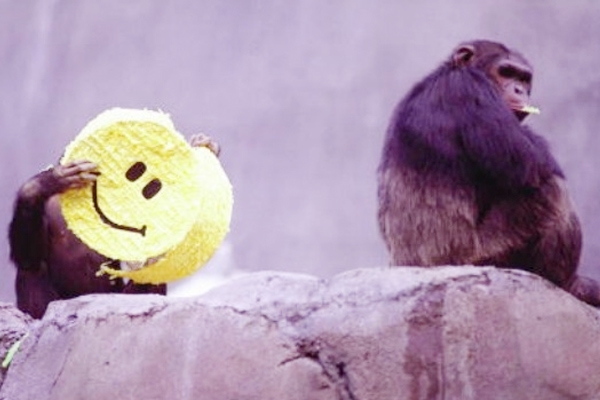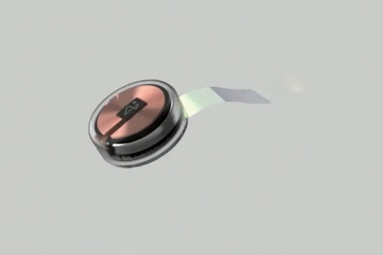
A recent study found, the origin of smiles goes back at least 30 million years when old world monkeys and our direct ancestors diverged.
According to the study, when human and chimp infants are dozing, they sometimes show facial movements that resemble smiles.
The evolutionary origin of real smiles has considered as the spontaneous smiles, while laughter are facial movements that are characterized by a raised lip corner occurring during irregular sleep or drowsiness without known causes.
The researchers said that, these facial expressions called spontaneous smiles are considered the evolutionary origin of real smiles and laughter. The research showed that this not only happens to higher-order primates like humans and chimpanzees, but also in newborn Japanese macaques, which are more distant relatives in the evolutionary tree.
Masaki Tomonaga from Kyoto University in Japan, said that, “About a decade ago we found that chimp infants also display spontaneous smiles.”
“Since we see the same behavior in more distant relatives, we can infer that the origin of smiles goes back at least 30 million years, when old world monkeys and our direct ancestors diverged,” Mr. Tomonaga said.
According to Fumito Kawakami from Kyoto University, he caught macaque infants smiling when they were receiving routine health checkups. “These checkups can take quite long, so the infants tend to nap in between. We took this opportunity to empirically examine the behavior,” he said.
The study includes 58 spontaneous smiles from seven macaque infants, all of which showed spontaneous smiles at least once.
“Spontaneous macaque smiles are more like short, lop-sided spasms compared to those of human infants. There were two significant similarities; they both happened between irregular Rapid Eye Movement (REM) sleep, and they show more lop-sided smiles compared to symmetrical, full smiles,” said Mr. Kawakami.
“A major difference, though, is that the smiles were much shorter,” he said.
The study suggests that spontaneous smiles do not express feelings of pleasure in chimpanzees and Japanese monkeys; rather, the smiles are more similar to submissive signals (grimaces) rather than smiles (play faces).
Researchers interpreted that spontaneous smiles facilitate the development of cheek muscles, chimpanzees, enabling humans and Japanese monkeys to produce smiles, laughs and grimaces.
Also Read: Nasa's Juno probe enters into orbit around Jupiter!
Nandini



















